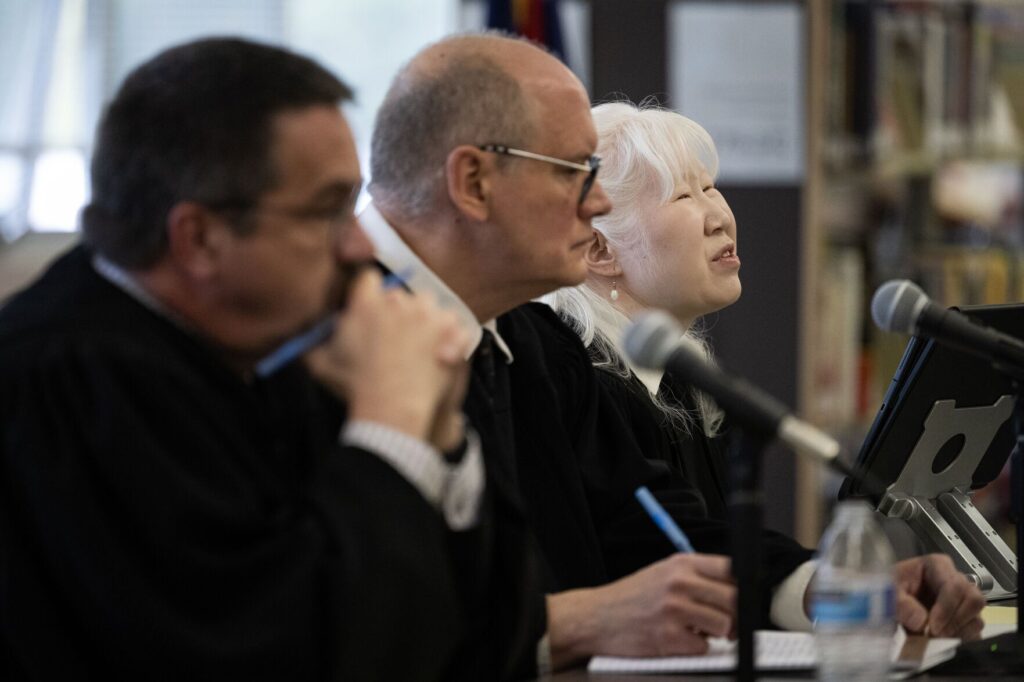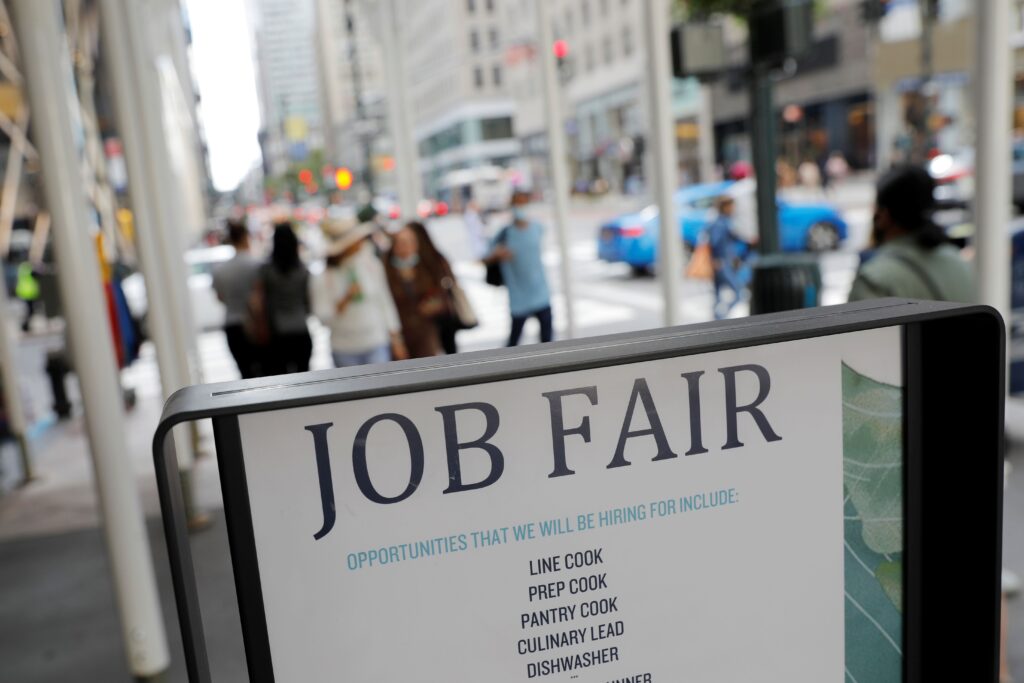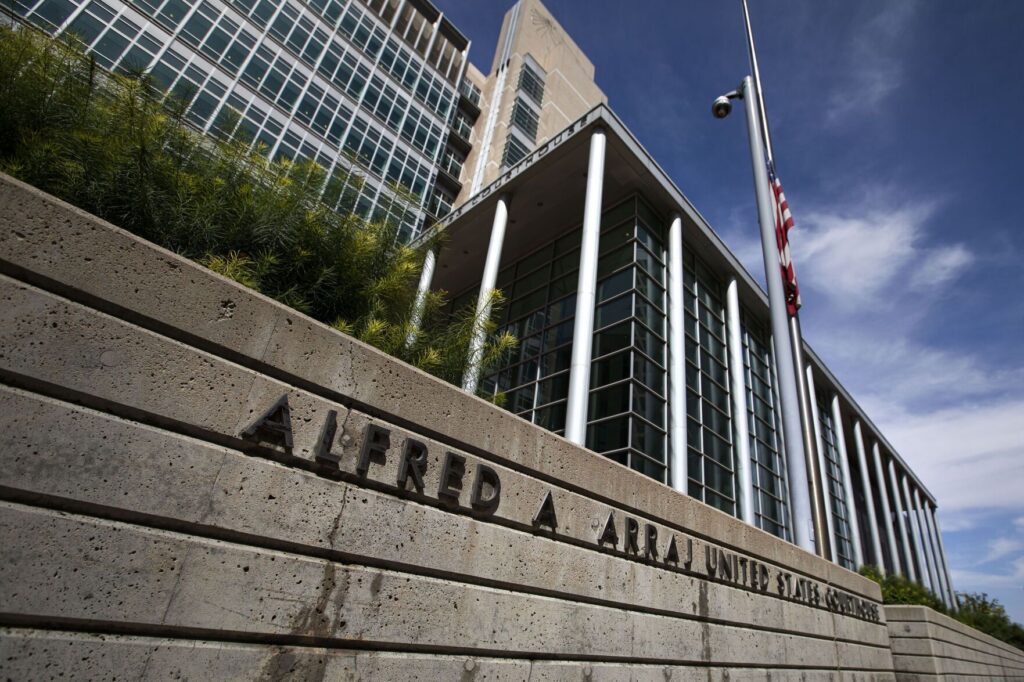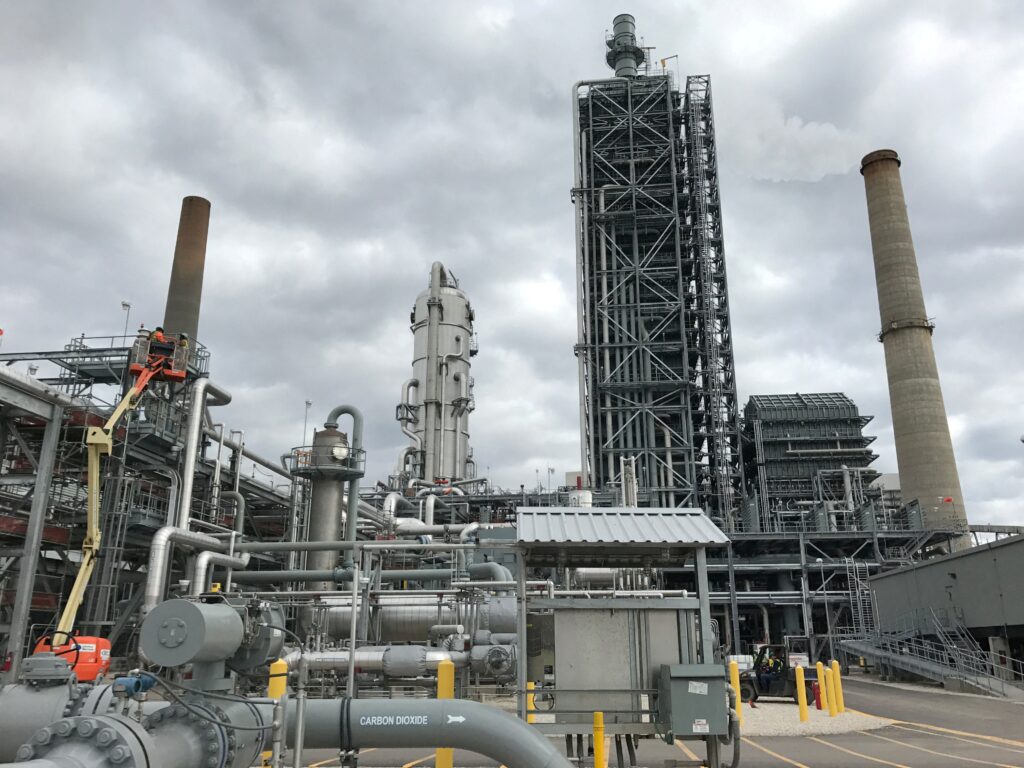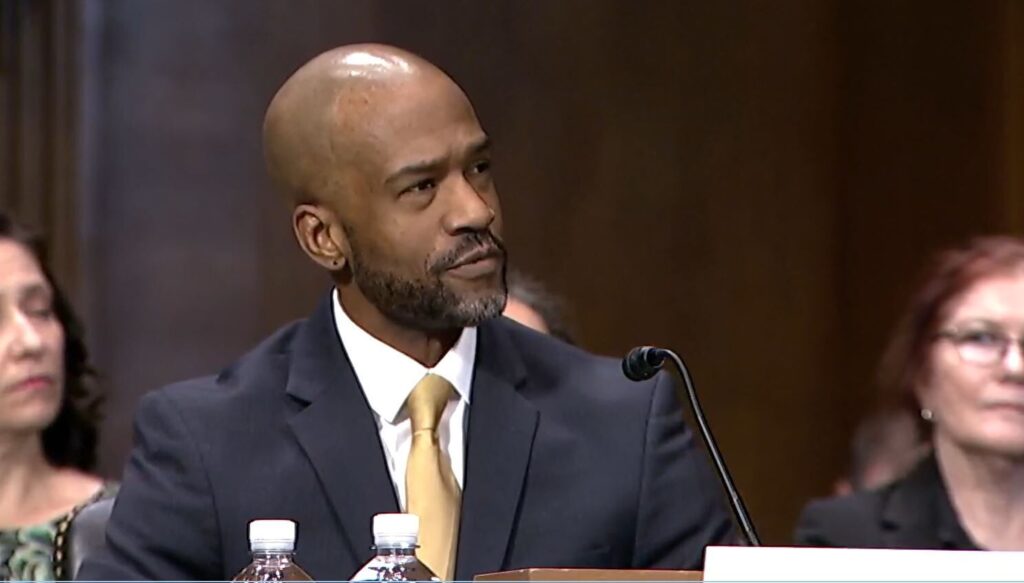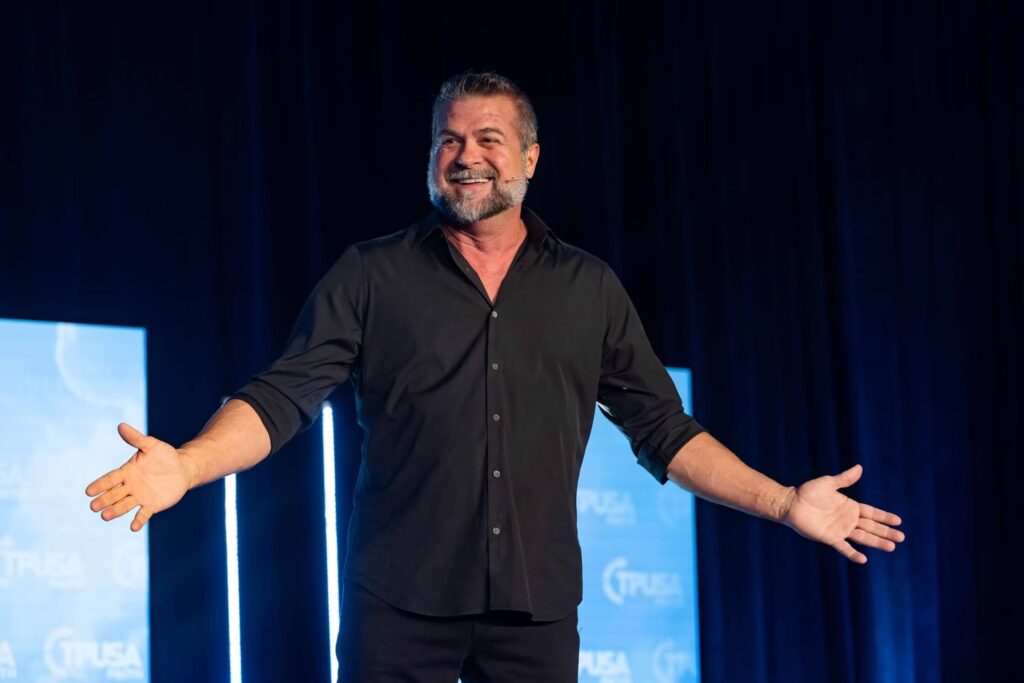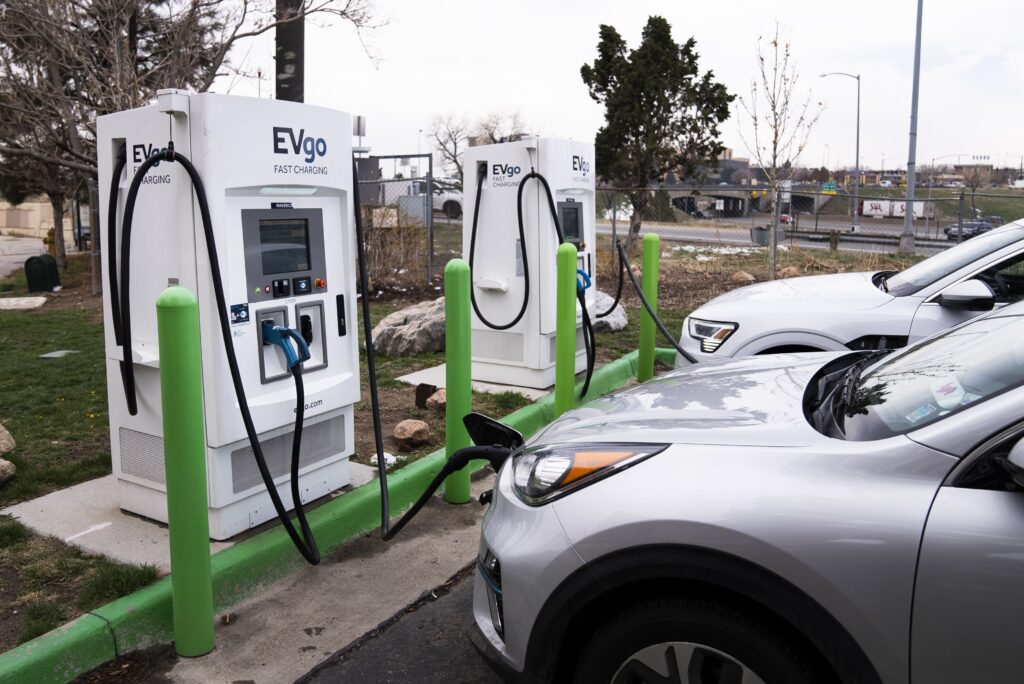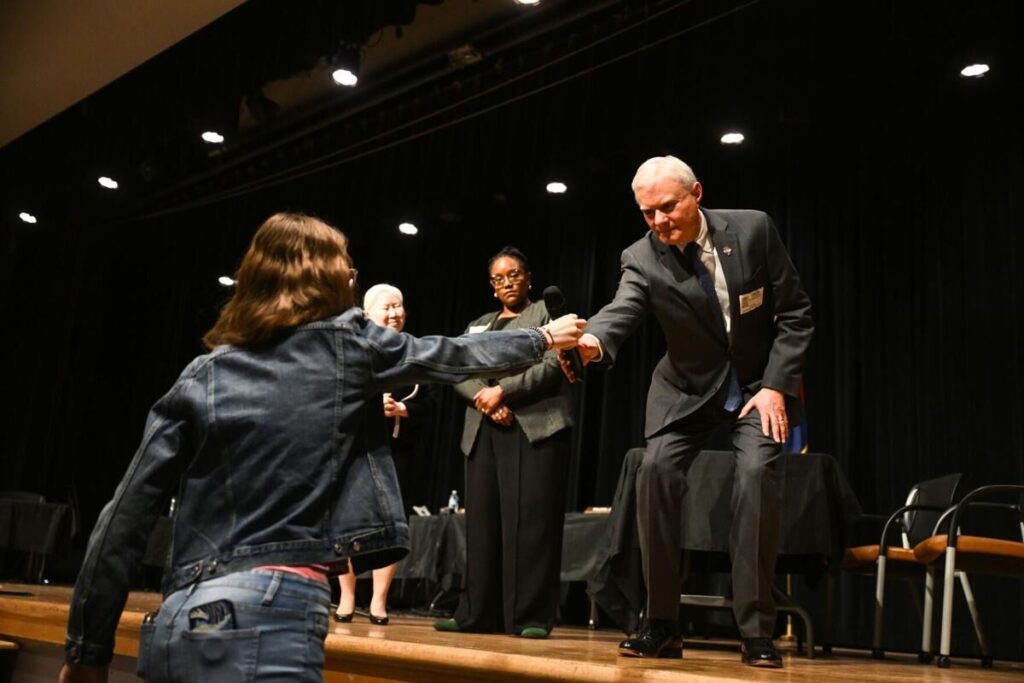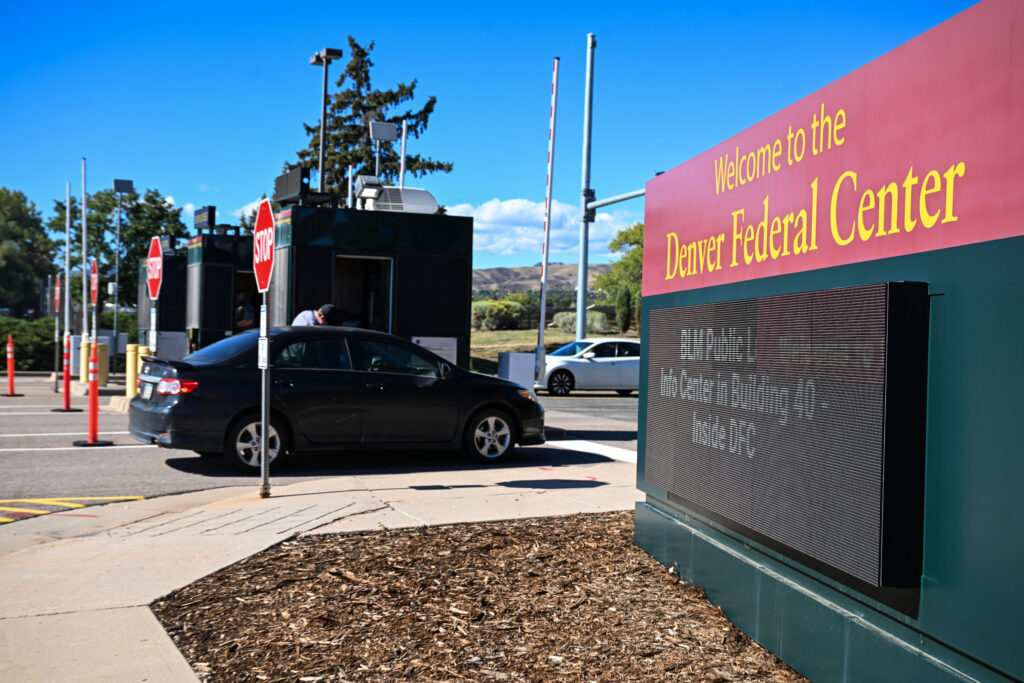Hancock’s State of the City speech involves many hours of preparation
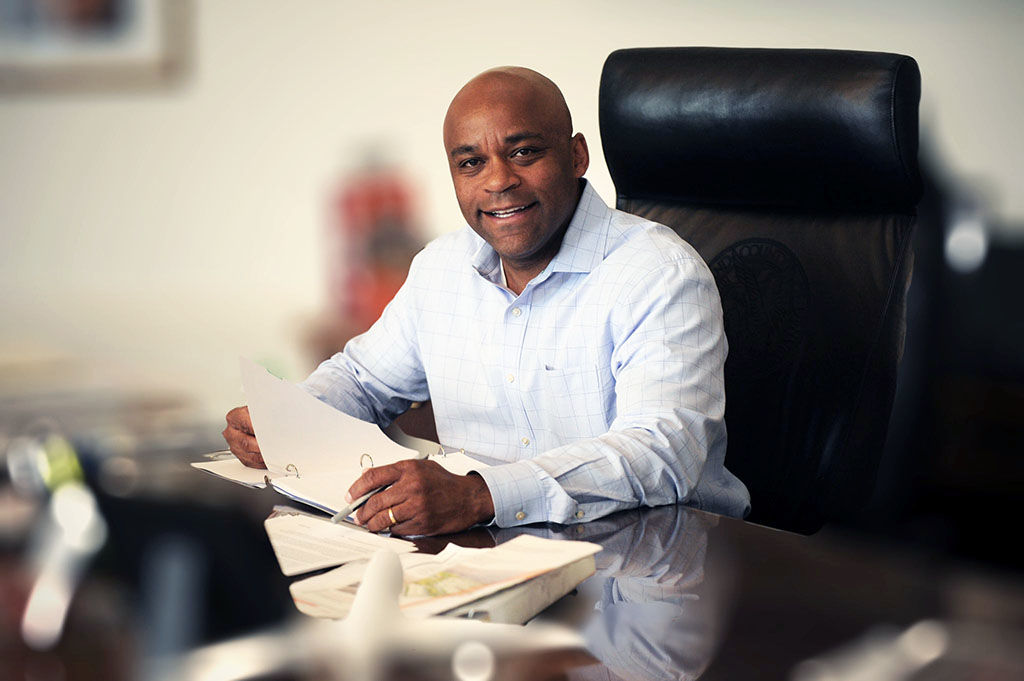
Mayor Michael Hancock and his staff are in the midst of crafting this year’s State of the City address to Denver, which is set to be delivered on July 11.
Hancock sat down with the Colorado Statesman to give readers a chance to see what work goes into crafting a speech that not only lays out the mayor’s priorities for city government, but also sets the tone and directs the conversation for the city for the next year.
“We give a great deal of thought about what transpired over the last year and obviously what we want to have transpire over the next year and years to come. We’ve had a pretty storied last five years to really talk about in the city,” Hancock said. “But we will spend more time focused less on projects and more about the human infrastructure of the city.”
Hancock said the speech process starts several months in advance as he and his staff sit down for discussions with each city department head about the previous year’s work and what’s on the horizon.
“We spend a lot of time working with our department leadership, taking a look at what we said last year, what we wanted to accomplish and did we meet those goals? Did we do the things we said we’d implement and what are those things that came up that maybe we didn’t anticipate over the years. How did we meet those challenges?” Hancock said. “There’s a lot of people initially involved in drafting and crafting the message. Then we get to a smaller group that fine tunes the direction of the speech based on what I sense we should be doing.”
Jenna Espinoza, spokeswoman for Hancock, said the work of dozens of people across the city help create the final product that will be delivered by the mayor on July 11. Much of what will be touched upon in the speech is obvious for staff given the work the city has highlighted in previous year’s speeches.
“We spend a lot of time reaching out to our department heads around the city trying to determine what do they count as big wins for the past year. And then help us determine a list of what we can do better to serve our residents within the coming year,” Espinoza said. “These are projects that are very fluid and we work on throughout the year. Some of it is natural. It’s almost obvious what we want to highlight or what we want to update people on from previous years. The mayor made a lot of announcements last year so we’re going to be updating folks on the progress we’ve made on those analysts and those promises he committed to our residents.”
Once a vision for the speech is set, Hancock said he spends hours working with a small group of his close staff to fine tune the message to make sure it fits his own vision and his own personality.
“It takes a significant amount of time for the entire team to craft it,” Hancock said. “I see myself really like the quarterback. There might be a set play, but if I think if we run it this way instead, I’ll feel more comfortable using my skills. … I try to stay within my lane and also don’t say anything I am not comfortable with.”
As Hancock has grown through this process since being sworn in as mayor in 2011, he said he’s learned to “be more human” and let more of his own personality shine through in the text. Instead of aiming for the loftiest language, Hancock said the most important thing his speech can do is present those bold ideas that a city needs from its leaders.
“I’ve learned not to be afraid to be more common language in the speech. It’s an opportunity. People listen for the boldness that comes from the speech. Don’t hesitate to be bold. But more than anything, you’ll see in this speech and may have seen in the last speech, is you see more Michael,” Hancock said. “I know that’s what the residents elected. They elected Michael. They want that authenticity, they want to know you truly believe what you’re saying. They want the guy they have come to know and they know is leading their city. I think a little vulnerability and personal injection here and there is OK.”
Hancock said he’s learned that it’s important not just to give a direction for the city in his address but to paint a portrait. The goal is to create a message that resonates with residents and will last beyond the initial delivery of the speech.
“The reality is this, people are posting on Facebook and tweeting while you’re speaking. So we look for those opportunities to try to imagine what someone might say or try to repeat from what you’ve said in the speech,” Hancock said. “So the goal is to try and elevate those three to five things so they really pick up on them and get them out there onto the social media platforms. We try to leverage and use that platform to our advantage to spread and illuminate the ideas we want the public to walk away with.”
Hancock added, “More than anything, I want people to know we hear them and we’re responding. And more than any other time, we’re going to spend time talking about issues that citizens have come to us about and really worked to call our attention to. More than anything, you’ll hear me say ‘I hear you.'”



